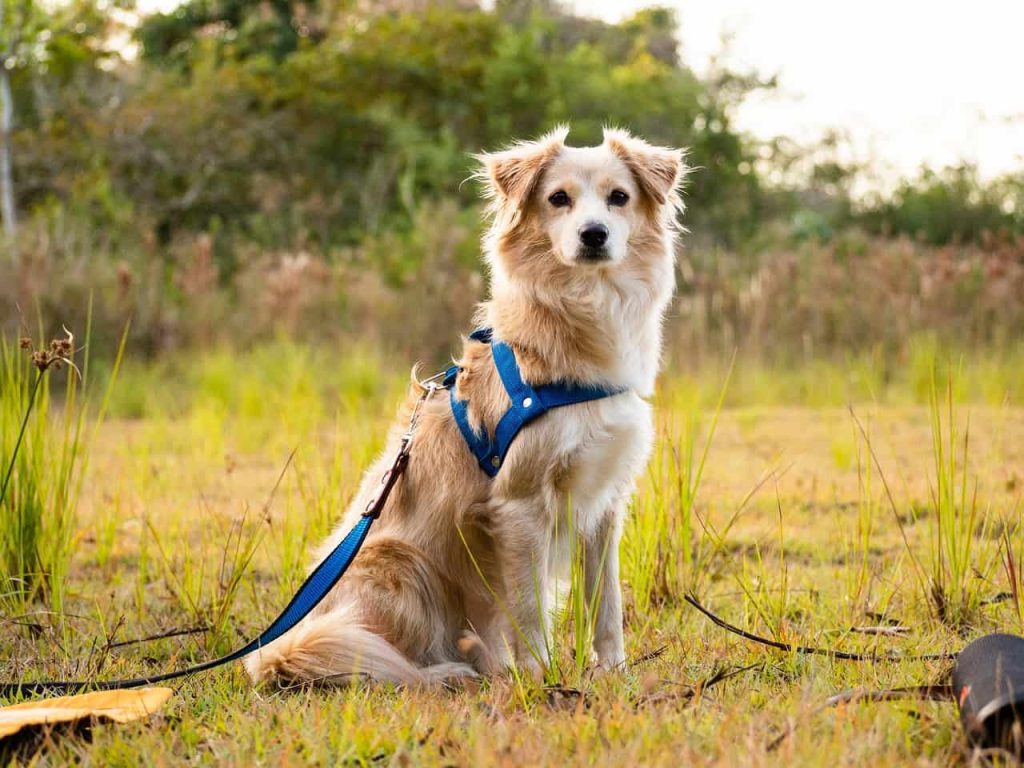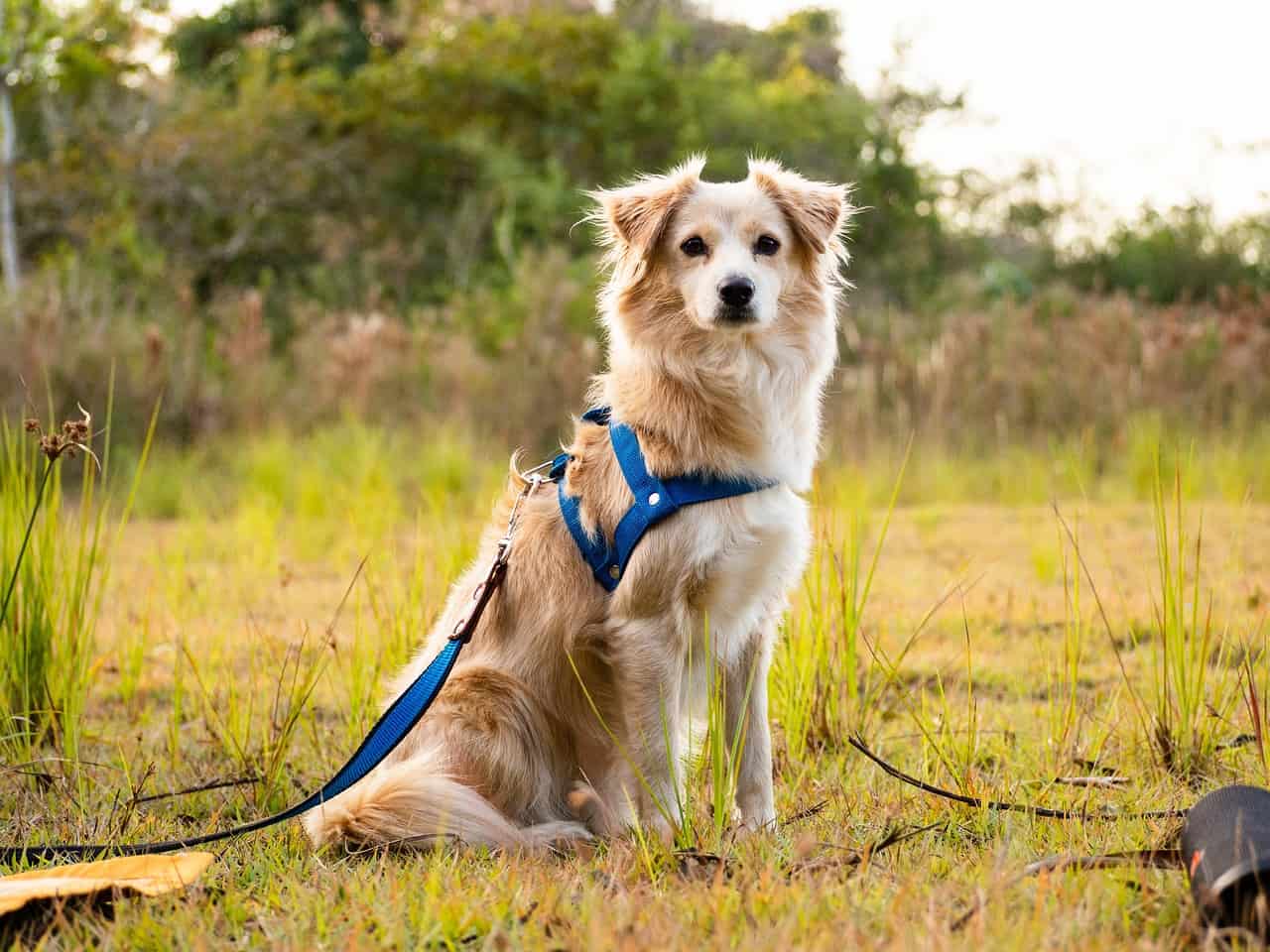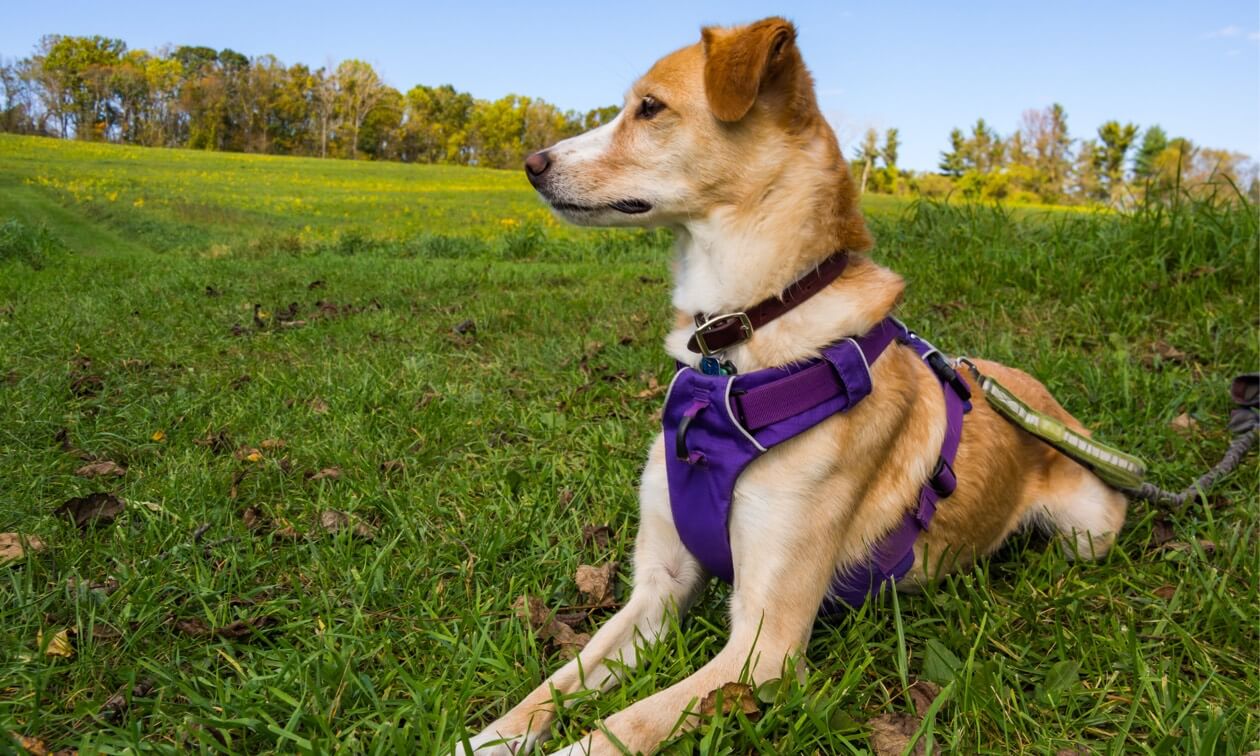You’re out enjoying a walk with your dog, and everything’s going smoothly—until you see another dog or person coming your way. Suddenly, your calm companion becomes a lunging, barking whirlwind.
If this sounds familiar, you’re not alone. Leash reactivity—lunging, barking, or growling at people or other dogs while on walks—is a common but manageable behavior. With understanding, the right tools, and consistent training, you can help your dog stay calm and confident.
Why Do Dogs Lunge?
Lunging isn’t about aggression most of the time—it’s often about fear, frustration, or overstimulation.
Common causes:
-
Fear or anxiety: Your dog feels threatened and wants more space.
-
Frustration: Your dog wants to greet another dog but feels restricted by the leash.
-
Poor leash manners: They haven’t learned an alternative behavior.
-
Lack of socialization or a bad past experience.
Understanding why your dog lunges is the first step to helping them.
What NOT to Do
-
Yank the leash or scold your dog – This can increase stress and worsen reactivity.
-
Force your dog to confront the trigger – Flooding them with exposure often backfires.
-
Punish barking/lunging – You might suppress the warning signs without fixing the root cause.
What TO Do: Step-by-Step Guide
1. Create Distance
The moment you see a trigger (another dog or person), move away before your dog reacts.
Distance helps your dog stay under threshold, where they can learn and respond to cues.
2. Use “Look at Me” or “Watch” Cue
Train your dog to make eye contact with you on command. This helps redirect focus away from the trigger.
Practice at home first, then use it on walks when triggers appear.
3. Reward Calm Behavior
If your dog sees another dog or person and doesn’t react, mark the calm behavior with “Yes!” and reward generously.
-
Use high-value treats
-
Timing is everything—reward before they lunge
4. Use a U-Turn or “Let’s Go” Cue
If a trigger gets too close:
-
Say “Let’s go!”
-
Make a calm U-turn
-
Reward once your dog follows you and calms down
This teaches your dog to move away with you instead of reacting.
5. Train Engagement Games
Teaching fun behaviors like:
-
Touch (dog touches your hand)
-
Find it (toss treats to sniff out)
-
Follow me (rewarding movement next to you)
These keep your dog mentally engaged and focused on you, not the environment.
Tools That Help
-
Front-clip harness: Offers better control without discomfort
-
Treat pouch: Keeps rewards handy
-
Longer leash (6 ft): Gives your dog a sense of space and freedom
-
Calming chews or aids (ask your vet first)
Consistency Is Key
Helping a reactive dog takes time, practice, and patience. You’re not aiming for perfection overnight—your goal is steady progress and a calmer, more focused dog.
When to Get Professional Help
If your dog:
-
Lunges with extreme intensity
-
Snaps or bites while on leash
-
Has a history of aggression
Work with a Certified Professional Dog Trainer (CPDT-KA) or Certified Behavior Consultant (CBCC-KA) who uses force-free, reward-based methods.
Ready for a dog that listens, even off leash? Off Leash K9 Training in Erie offers professional dog training in Erie focused on building a strong foundation of obedience and reliable behavior. Whether it’s recall, reactivity, or general manners, our proven methods adapt to your dog’s individual personality. Start your dog’s transformation today! Call (814) 580-6800.




